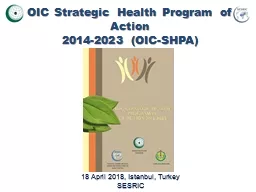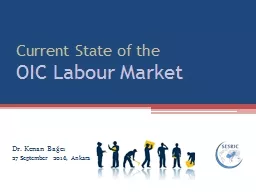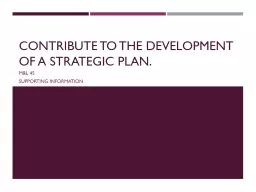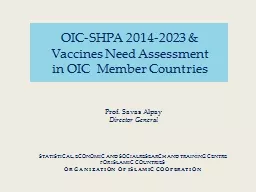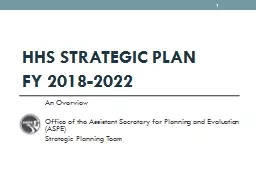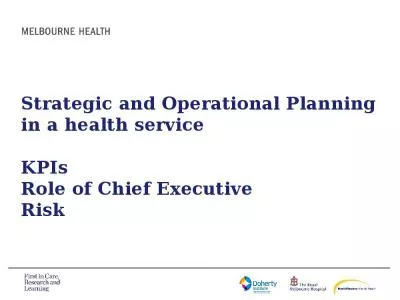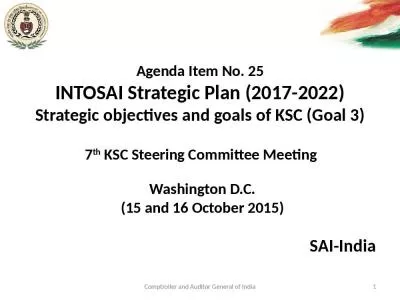PPT-OIC Strategic Health Program of Action
Author : natalia-silvester | Published Date : 2018-12-06
20142023 OICSHPA 18 April 2018 Istanbul Turkey SESRIC Outline OIC HEALTH STRUCTURE OIC STRATEGIC HEALTH PROGRAMME OF ACTION SHPA Islamic Conference of Health
Presentation Embed Code
Download Presentation
Download Presentation The PPT/PDF document "OIC Strategic Health Program of Action" is the property of its rightful owner. Permission is granted to download and print the materials on this website for personal, non-commercial use only, and to display it on your personal computer provided you do not modify the materials and that you retain all copyright notices contained in the materials. By downloading content from our website, you accept the terms of this agreement.
OIC Strategic Health Program of Action: Transcript
Download Rules Of Document
"OIC Strategic Health Program of Action"The content belongs to its owner. You may download and print it for personal use, without modification, and keep all copyright notices. By downloading, you agree to these terms.
Related Documents

